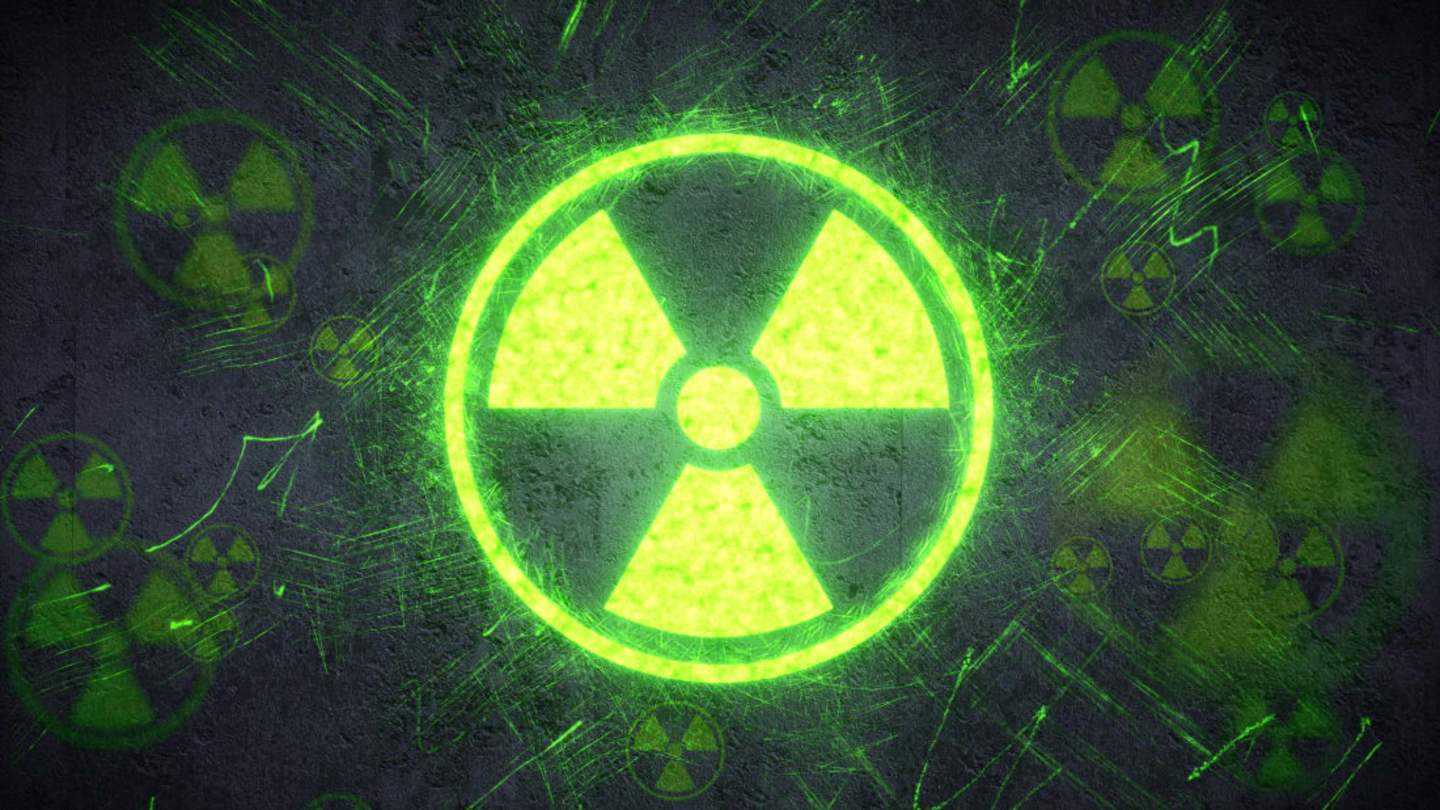Have you ever wondered what color radiation glows? It’s a question that has intrigued people for decades, often fueled by images of glowing substances in science fiction and historical accounts. The widespread belief that radiation glows green likely stems from the use of radium-based luminous paints in the early 20th century. These paints, when combined with phosphorescent copper-Doped Zinc Sulfide, emitted a characteristic green glow, making them popular for everything from watch dials to airplane instrument panels.
This practice largely faded by the mid-1960s as safer alternatives like tritium and Promethium Emerged. While those early radium paints have Dimmed Over Time, they still pose a potential hazard if ingested or inhaled due to Their Radioactivity. Interestingly, pure radium itself emits a pale blue glow caused by excited nitrogen, a detail often depicted in early illustrations of Marie Curie’s laboratory. This visual association might have further solidified the link between radiation and green hues in popular imagination.
Another factor contributing to this misconception is the Cherenkov glow. This phenomenon occurs when charged particles travel faster than light in a Medium Like Water, emitting a bluish-Green Light. While fascinating, it’s important to remember that not All Radioactive Materials Glow, and their color can vary depending on the specific element and its Decay Process.
Radium Paint and the Green Glow Myth
The green glow often associated with radiation likely became entrenched thanks to radium-based paints that were widely used from 1908 onward. These paints combined radium with a Phosphorescent Material Called copper-Doped Zinc Sulfide. The result? A strikingly vibrant green luminescence that made these paints perfect for applications where visibility in low light was crucial, like watch dials and airplane instrument panels.
The popularity of radium paint soared, but it came at a cost. Workers who handled the paint, often unaware of its dangers, Suffered From Radiation Poisoning. This led to tragic consequences, ultimately exposing the hidden risks associated with these luminous products. By the mid-1960s, safer alternatives like tritium and promethium replaced radium in most applications.
 Yanny or Laurel: Other Examples of Auditory Illusions
Yanny or Laurel: Other Examples of Auditory IllusionsAlthough those early radium paints have Faded Over Time, they remain radioactive and pose a potential hazard if ingested or inhaled. It’s a stark reminder that while What Color Does Radium Glow might seem like a simple question, the story behind it is a Complex One, intertwined with scientific advancements, Human Ingenuity, and the unintended consequences of our actions.
The Science Behind Radium’s Emission
Radium’S Glow isn’t just a visual spectacle; it’s a result of fascinating nuclear processes occurring at the atomic level. Radium is a radioactive element that Undergoes Radioactive Decay, meaning its unstable nucleus spontaneously breaks down, releasing energy in the form of particles and electromagnetic radiation. When radium decays, It Emits Alpha Particles, Beta Particles, and gamma rays.
The visible light we associate with radium’s glow primarily stems from the interaction of these emitted particles with Surrounding Matter. In the case of paints containing radium, the emitted particles excite the atoms within the copper-Doped Zinc Sulfide Phosphorescent Material. These excited atoms then release their excess energy as photons of light, creating the characteristic green glow. The specific color depends on the type and energy levels of the emitted radiation and the properties of the surrounding material.
Pure radium itself emits a faint blue glow due to excited nitrogen Within Its Surroundings. This isn’t directly caused by the radium’s decay but rather by the interaction of the emitted particles with nitrogen molecules in the air or other materials. This subtle blue emission contributes to the multifaceted nature of what color Does Radium Glow, showcasing the complex interplay between atomic processes and visible light.
Cherenkov Radiation and Other Contributing Factors
While the green glow often associated with radiation is primarily linked to radium-based paints and their interaction with Phosphorescent Materials, other factors can contribute to this perception. One such factor is Cherenkov radiation. This fascinating phenomenon occurs when charged particles travel through a medium like water at speeds exceeding the speed of light in that particular medium.
As these particles zip through, they create a bluish-Green Glow, similar to a sonic boom but for light. While not directly related to radium itself, Cherenkov radiation can be observed in nuclear reactors and particle accelerators, further fueling the idea that radiation Inherently Glows Green. It’s important to remember that not All Radioactive Materials Emit Light, and their color can vary depending on the specific element and its Decay Process.
Plutonium, for instance, generally doesn’t glow except for Pu-238, which heats up red due to Its Short half-life. So, while what color does radium glow Might Seem Straightforward, there are several contributing factors that complicate the answer, highlighting the intricate nature of radiation and its interactions with our world.
Beyond Green: The Colors of Radioactive Decay
The notion that all radioactive materials glow green is a misconception. While radium paints indeed produced a Vibrant Green Luminescence, the reality of radiation’s colors is far more diverse. Different radioactive elements emit light at various wavelengths depending on their atomic structure and decay processes.
Some, Like Tritium, emit a soft blue-Green Glow, while others produce hues ranging from faint yellow to even ultraviolet light invisible to the naked eye. The color emitted also depends on the surrounding environment and the materials interacting with the radiation.
So, what color does radium glow might be green in certain contexts, but exploring the world of radioactive decay reveals a spectrum of colors, showcasing the intricate beauty and complexity Hidden Within These Atomic Processes.
The Dangers of Radiating Substances
While the allure of glowing objects Might Seem Harmless, it’s crucial to remember that radiation Carries Significant Risks. Exposure to high levels of ionizing radiation can damage DNA and increase the risk of cancer, Genetic Mutations, and other health problems.
This is particularly true for Radiating Substances Like Radium, which were used in various products before their dangers became widely recognized. Early radium paint workers often suffered From Severe Radiation Poisoning, leading to debilitating illnesses and even Premature Death. Even today, remnants of old radium-based paints can pose a risk if ingested or inhaled.
It’s essential to treat radioactive materials with caution and respect, handling them only under appropriate safety protocols and supervision. Understanding the potential dangers associated with radiating substances allows us to make informed decisions about our exposure and prioritize our health and safety.










